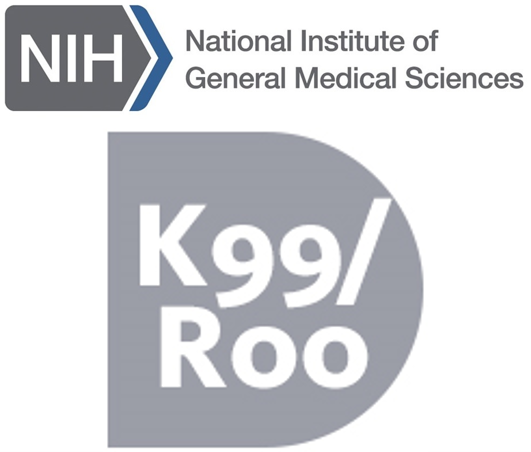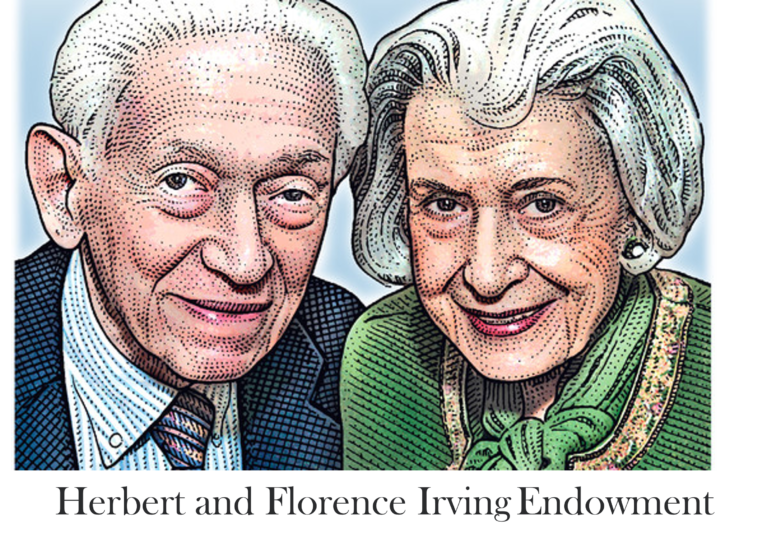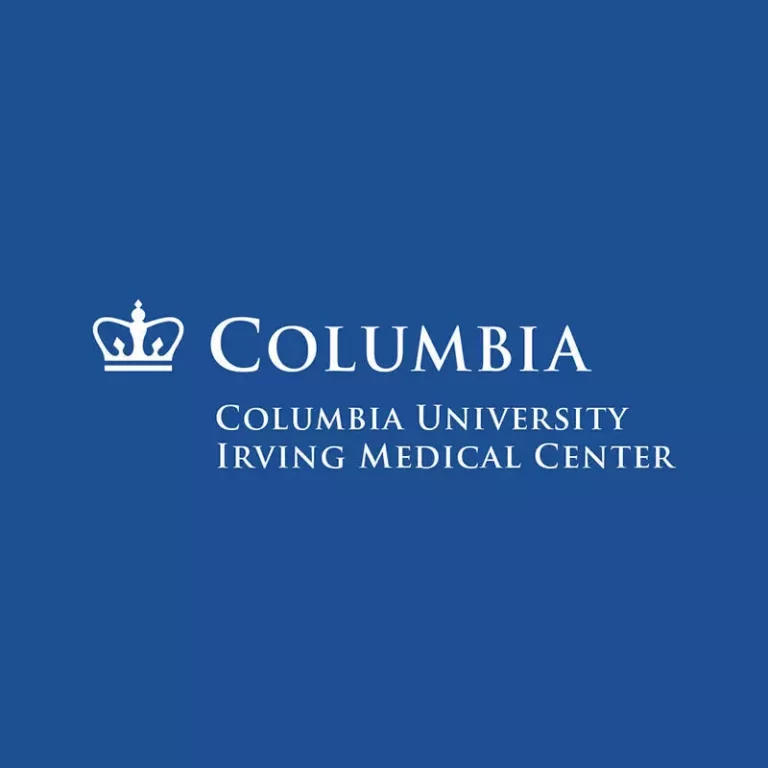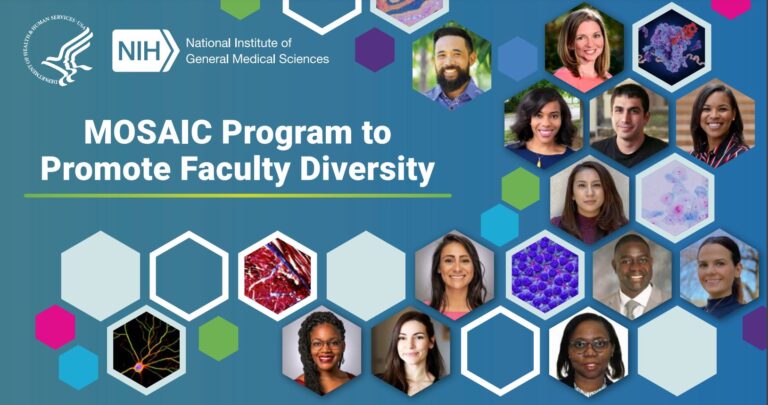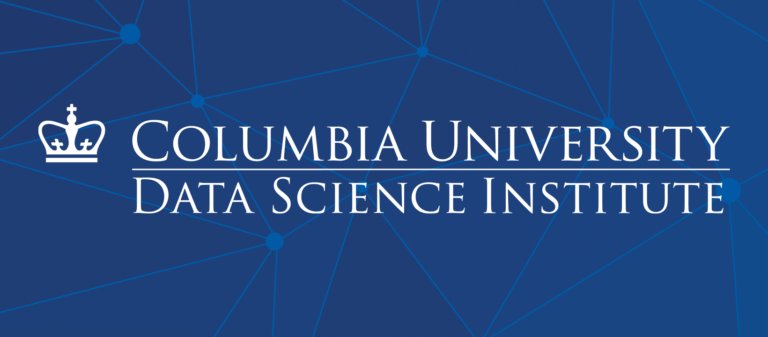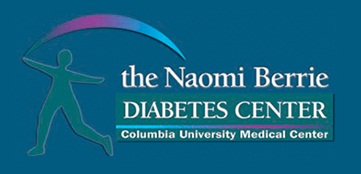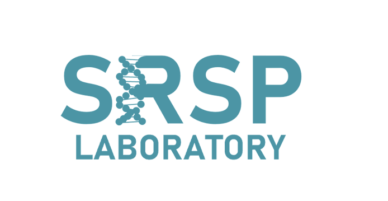Research AREAS
We are solving one of humanity's oldest queries — how do tissues heal? Our laboratory studies tissue systems regeneration, a systems biology approach that investigates the cellular heterogeneity of tissue to learn how to enhance its regenerative state.
Wound physiology in-a-dish
Our research pioneered the human skinoid culture system, which enables spatiotemporal modeling of human tissue reconstruction ex vivo. We’ve employed this microphysiological system to study the molecular processes enabling human tissue renewal. We are furthering this work by creating next-generation culture systems of human wound healing mimicry to better understand the molecular and cellular responses to biophysical signals in wound healing.
The lab is actively looking for talented project leads to pursue this study in the lab.
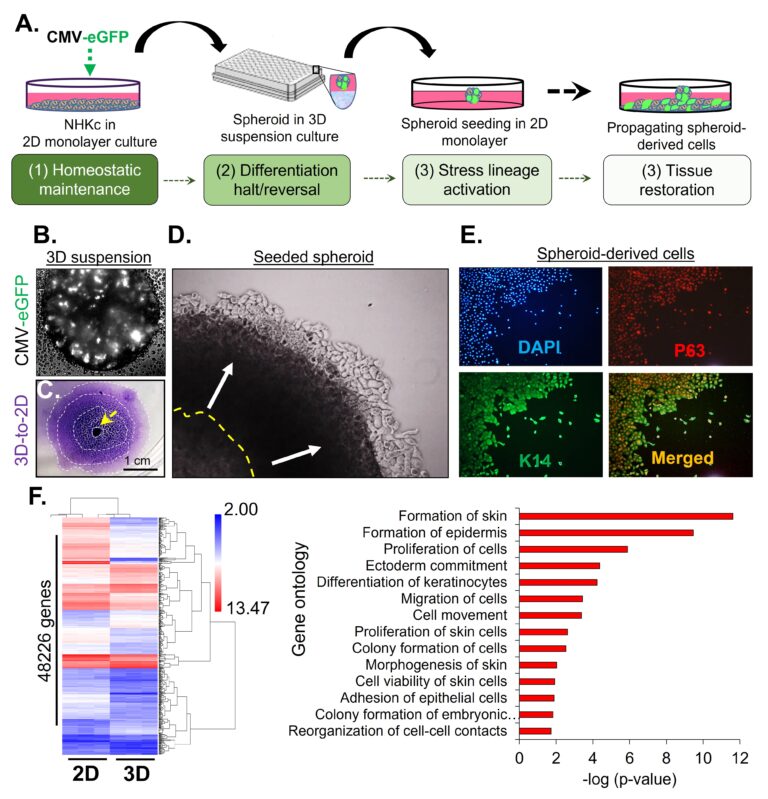
Synthetic regeneration
Our team is motivated to define the genetic and epigenetic events enabling cells to orchestrate restoration of damaged tissue parts. A major focus of our research is on applications of gene therapy to wound healing. We are employing synthetic genetic engineering coupled with machine learning to define the functional roles of distinct gene programs in mammalian tissue stem cell maintenance, cancer, and regeneration.
The lab has several fully-funded awards available to support talented trainees in leading this project, including the T32 NIH Ruth L. Kirschstein NRSA Award.
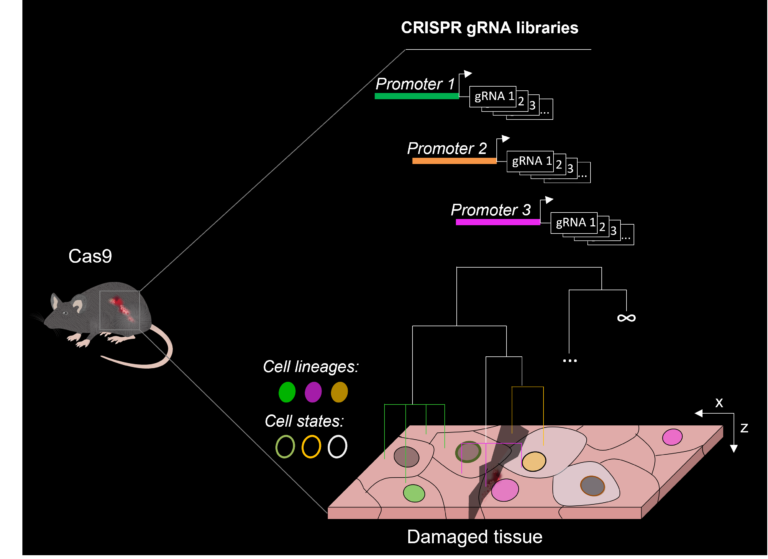
Wound immunogenomics
Our research seeks to understand how localized immune cells enable proximal and distal orchestration of tissue stem cells towards a healing state. Our group employs quantitative systems biology to uncover novel immune contributions to tissue healing. We leverage this insight to develop synthetic immunosurveillance systems with prophylactic and therapeutic potentials for wound patients.
The lab is recruiting trainees at all levels to lead this project, which is fully funded by several NIH awards, including the prestigious K99/R00 MOSAIC award.
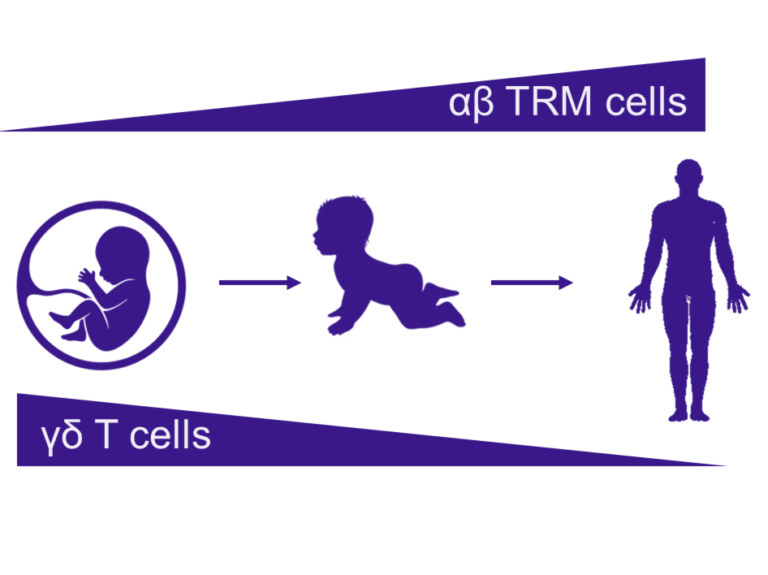
Computational wound physiology
Our work aims to define the genetic and molecular signatures required to achieve mammalian tissue regeneration. We employ machine learning-powered gene target identification with high-throughput interventional functional genomics to pinpoint the causal genetic and molecular combinatorial changes necessary to promote wound regeneration.
The lab is recruiting trainees at all levels to lead this project funded by Columbia’s Data Science Institute.
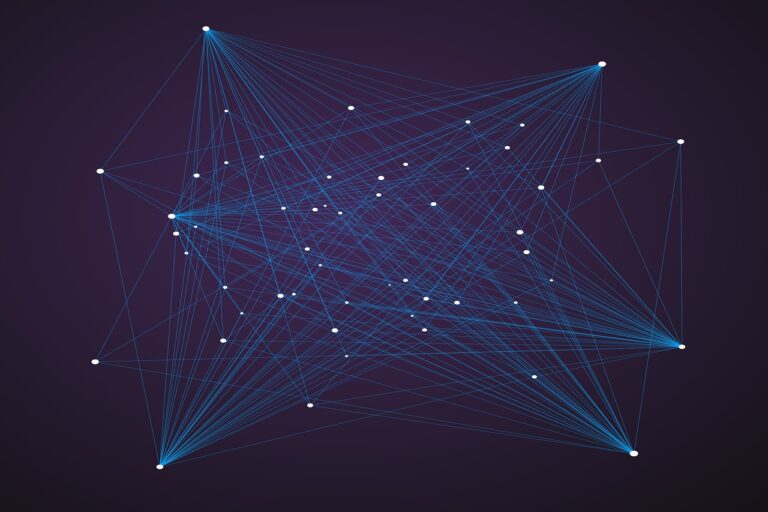
We thank our generous donors and funding agencies who make this work possible:
